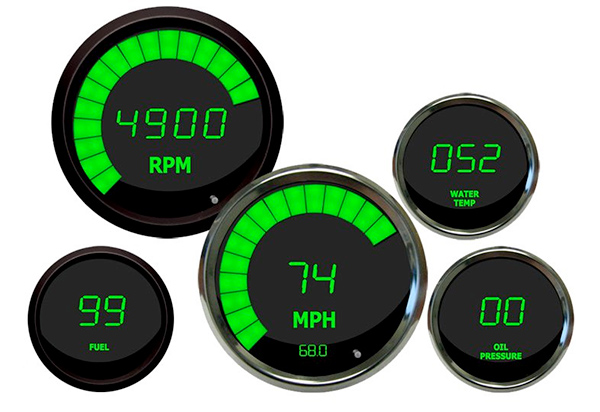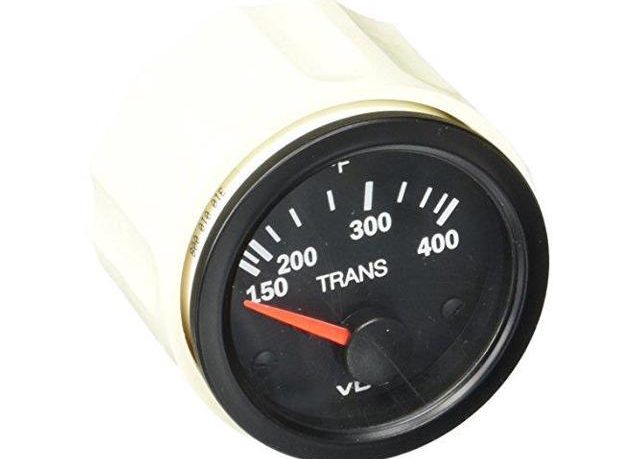From the temperature of your coffee to the temperature outside, everything falls in place when it’s neither too hot nor too cold. This is because optimum temperature and comfort share a close connection. Just like a healthy human, a healthy engine also progresses in a balanced and regulated temperature.This can be achieved by a transmission temperature gauge that can help you readthe real-time temperature of your transmission fluid easily while driving.
The need for temperature gauging
Over the years, one of the most common causes of transmission failure is the rising temperature of transmission fluids that creates an over-heat situation in a vehicle’s transmission system. Installing a transmission temperature gauge ensures that you can easily and effectively check your transmission fluid temperature and pull over before it is too late.
The components of a temperature gauge system
Purchasing a transmission temperature gauge is a fairly simple task as most of the aftermarket temperature gauges are easily available. A typical transmission temperature gauge kit includes a temperature sensor, gauge body, and a wiring set that can be easily installed through simple mounting and a power source connection like that of an existing 12V socket.

Installing the gauge
A transmission temperature gauge can be installed in a few hours by adopting the correct procedure and understanding its main component i.e. the temperature sensor. Installation of the temperature sensor can be done in many ways depending upon the user’s skill set and mechanical know-how. Some of the common areas where the sensor can be placed include:
- The transmission fluid pan: Probably the most strategic place to install the temperature sensor, the pan installation method offers the most accurate reading but is however the most complicated method to adopt. The pan-installation method requires dropping and draining of the transmission pan along with drilling a hole and welding it to accommodate the sensor.
- The transmission pressure port: This method of installation is comparatively easier and less messy. This method required the temperature sensor to be installed with the pressure port of the transmission, by removing its plug and placing the sensor along. While this method does not provide the most accurate reading, it is still a lot convenient and does not require welding.
- The transmission lines: The most user-friendly method of gauge installation includes placing the sensor in the transmission line itself. This ensures that the sensor picks up the fluid temperature in real-time as it moves along the transmission lines.
No matter what the choice of installation is, once installed a transmission temperature gauge proves to be the best way to prevent overheating and ensuring that the transmission works in its peak efficiency. A transmission temperature gauge thus saves you the cost of mending a failed transmission system.



